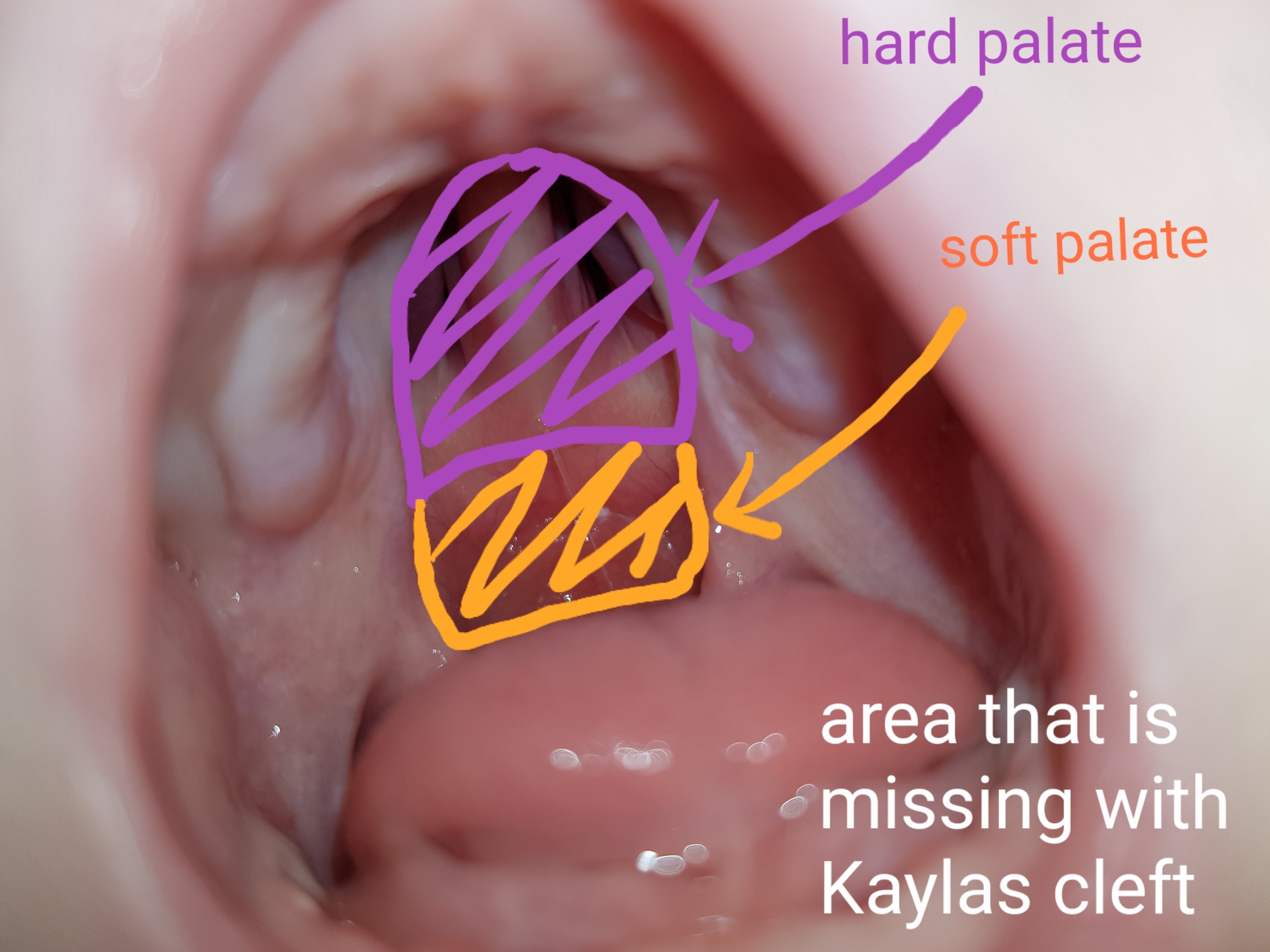Moved over to main website blog:Why I donated my placenta to search dogs
/Why I donated my placenta to search and rescue dogs
What happens to your placenta after you give birth? Well women in Ireland have a number of options
Let the hospital dispose of it
Bring it home and plant a tree over it in your garden
Get it encapsulated or consume it raw (in a smoothie)
Pop it in your freezer to keep
Donate it to search and rescue dogs
On both of my sons births I never put much thought into what happened to my placentas. I don’t remember seeing them or being asked. They simply were mentioned and then disappeared.
So with my last pregnancy I put thought into what I would do with my placenta this time. I didn’t want to just dump my placenta. It had been this amazing source of life to my daughter for 9 months. My body had created this perfectly tailored organ to help my baby grow. It provided oxygen and nutrients to my baby and removed waste products from my baby blood. I am fascinated by placentas, can you tell? LOL
I contemplated a nice cherry blossom tree in the garden to symbolise my daughters birth. I did think it would be lovely.
For me personally, I did not want to consume my placenta. Being a doula and antenatal educator everything I present to my clients is evidence based. I spend a huge amount of time researching topics relevant to pregnancy, birth and early parenting. With placenta consumption (either via capsules or raw) there is no concrete evidence. There are lots of antidotal findings, both for and against but until there is a scientific study done I was not willing to take the risk.
So for me I felt it was fitting for my placenta to be useful and to go to a good cause. I donated my placenta to Irish Search Dogs.They use the placenta tissue to train their dogs in finding human remains. While this is a heart breaking situation - my hope is that by donating my placenta, it is helping a family to find a loved one and to lay them to rest.
My husband is a Garda and we both know only too well the horrible situations many families find themselves in. When a loved one dies, giving that family closure can mean so much. Irish Search Dogs give this to those whose loved ones are missing. It is an unbelievable service provided. While this is not a situation people like to think about much, it is invaluable to many many families nationwide.
When I decided to donate my placenta I spoke with the chairman Glen who was absolutely lovely. He was so kind and understanding and made the process so easy. He put zero pressure on me and simply said if I decided to go ahead and remembered on the day that would be brilliant. My husband brought my placenta home from the hospital and popped it into our freezer (in the bag the hospital had provided) I then contacted Irish Search Dogs and they even had one of their volunteers collect it from my home! Making it totally hassle free!
So if you are unsure what you would like to do with your placenta, please do consider donating it. During your pregnancy it was a gift of life and afterwards it can continue to give so much to families by helping to train these amazing dogs!
If you would like to learn more about Irish Search Dogs their website is
http://irishsearchdogs.com/About.html











